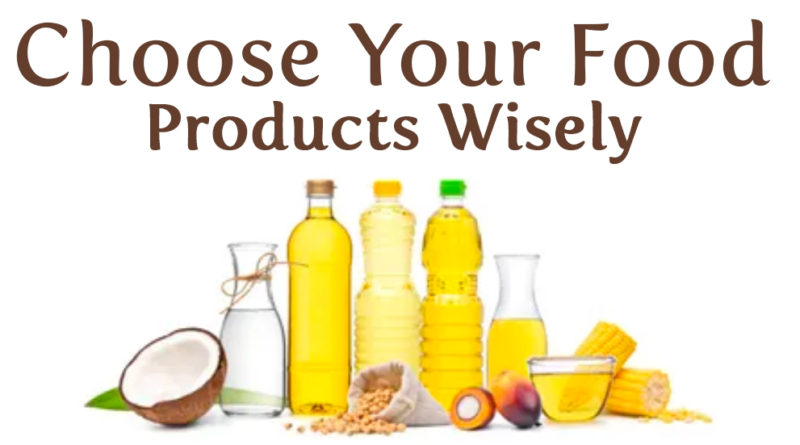Choose your food products wisely
The junk food industry uses false marketing practices to manipulate consumers into buying junk food, making them think of it as healthy. They also adapt to misleading tricks to convince people into buying unhealthy and processed products. This article will help you to make better dietary choices.
Never let the health claims by manufacturers fool you as they trick people into buying products like breakfast cereals containing a lot of added sugar, but the manufacturers label them as whole-grain which confuses the consumer as these labels are misleading.
How should one buy smartly?
- Check the ingredient list: The ingredient list is always listed based on quantity from the highest (most used ingredient) to the lowest (least used ingredient). Avoid purchasing if the first three ingredients are refined grains, hydrogenated oils or any types of sugar. Also, avoid highly processed products with an ingredient list longer than 2-3 lines.
- Check for serving sizes: Always multiply the given serving with the number of consumed serving, to have the absolute number of calories as the manufacturers do not mention the calories of the whole serving. Deceiving the consumer into thinking the product contains less sugar and calories.
False Claims To Lockout for:
- Organic Food: The word organic is used to mislead people like – raw organic cane sugar or regular table sugar, which mean the same things. Many ingredients can be organic and still make a product unhealthy.
- Sugar: It comes with a variety of names, thus the consumer may not be able to recognise the word for sugar and be tricked into buying the product. Here are a few names of sugar that are used and if you see any of these in the top 3 of the ingredient list, avoid buying that product. It includes organic raw sugar, brown sugar, beet sugar, invert sugar, golden syrup, rice bran syrup, oat syrup, agave nectar, honey, molasses, barley malt, glucose, malt powder, galactose, maltodextrin, etc.
- Whole Grain: Please check the ingredient list of a product and if the whole grain is not in the first three ingredients, then the amount of it is negligible. Usually used in market breakfast cereals with a lot of added sugar, high fructose corn syrup and fewer amounts of whole grains.
- Low-fat/fat-free: This means that the product is processed and has no amounts of fat, but these products are loaded with sugar and additives to compensate for the loss of flavour due to fat.
- Trans fat-free: If the product has hydrogenated fats as an ingredient, then it contains trans fats although companies label their products trans fat-free even if the product contains less than 0.5grams of trans fats/serving.
- Gluten-free: It is only for people who have been diagnosed with celiac disease or are sensitive to gluten but eating gluten-free products is quite trendy these days among people who have no sensitivity towards gluten. These foods are expensive, highly refined, have high sugar content and contain high glycemic starches like potato starch, tapioca starch, etc. So, it is better to opt for whole foods instead.
- Calories Per Serving: Always check the number of servings on a product label and multiply the total sugar content with the calorie content by the no. of servings to know the true and exact total amount. Food manufactures often provide per serving calories as it helps them hide the total amount.
So, next time while buying packed food use these helpful tips and always read the food labels. Don’t be fooled and tricked into buying junk and highly processed foods.




